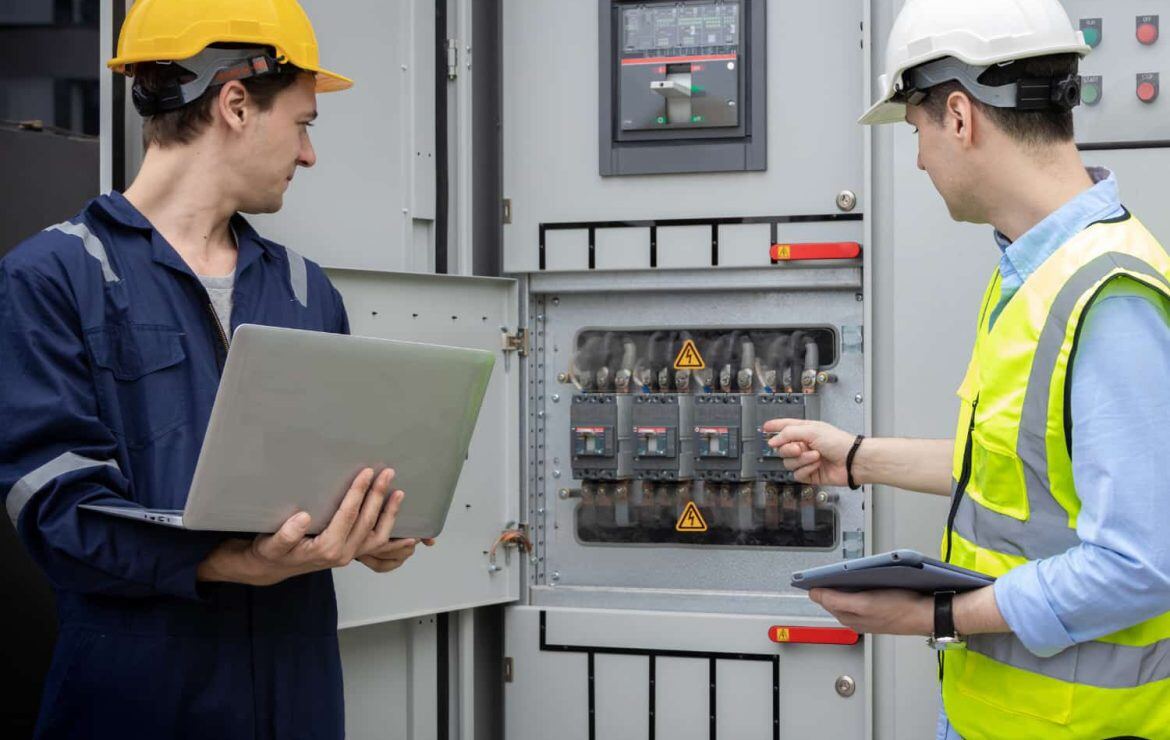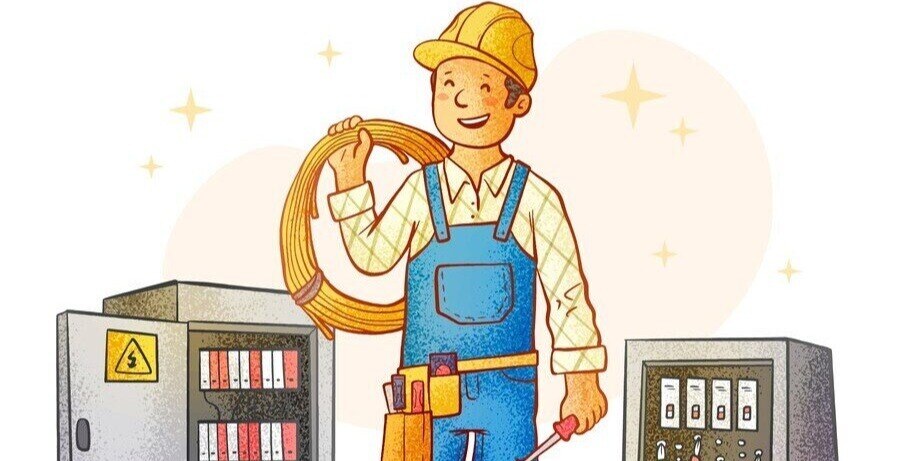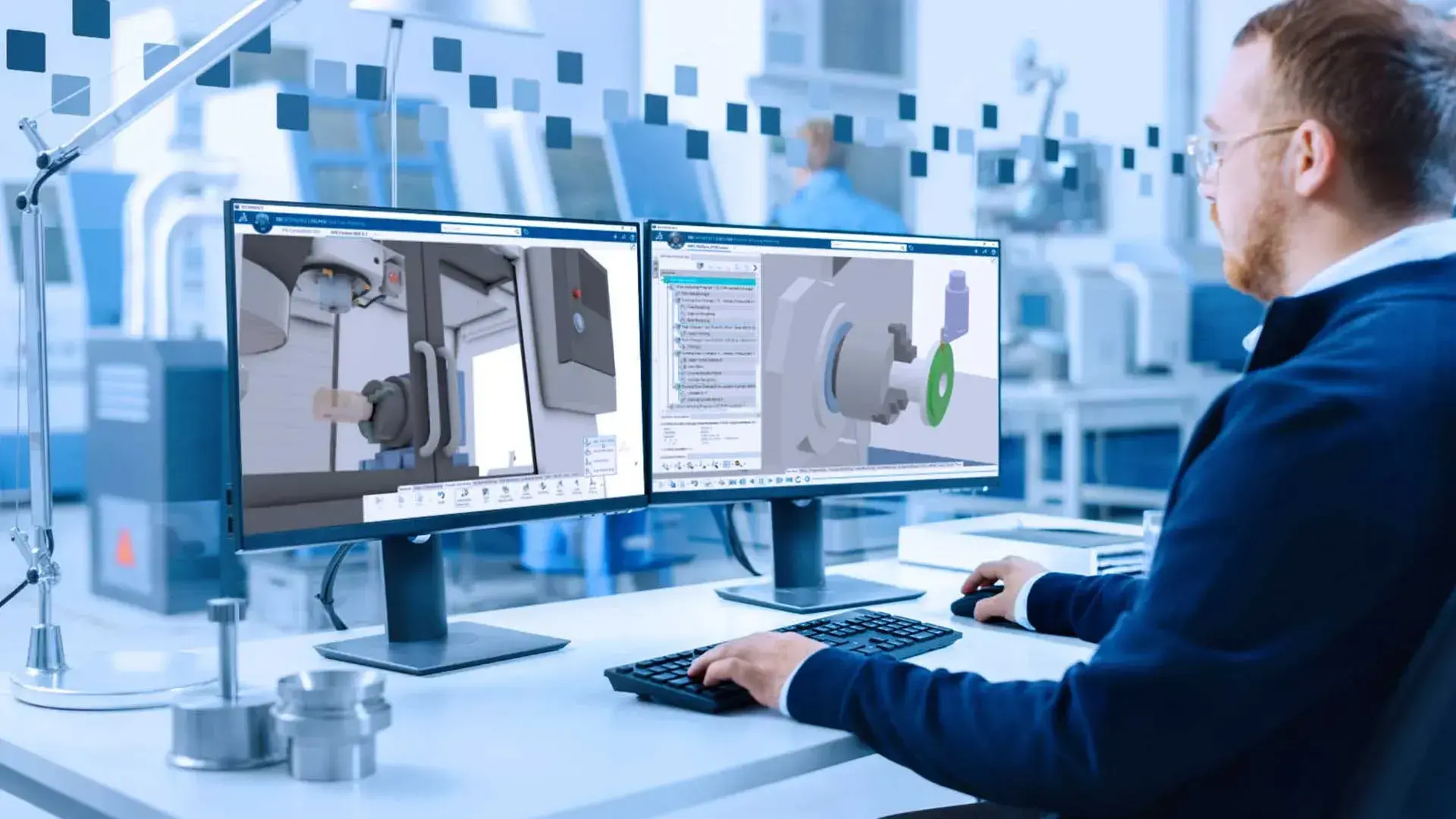
If you have been around the construction block lately, you know that the industry is going through a bit of a revolution. And at the heart of it all is MEP design, the not-so-silent hero of modern building systems. From sleek skyscrapers to data-driven smart homes, mechanical, electrical and plumbing systems are getting smarter, faster, and greener.
So, whether you are a seasoned MEP engineer or just someone curious about how buildings breathe, light up, and keep us comfy, you are in for a treat. In this blog, we will explore the freshest trends shaping the future of MEP design in 2025 and why it is the most exciting time to be in the MEP industry.
What is the Role of MEP in Smart Construction?

Before we dive into the juicy trends, let us take a moment to answer an important question: what is mep in construction?
Simply put, MEP stands for Mechanical, Electrical, and Plumbing. These systems are vital for making any building functional, liveable, and sustainable. Without MEP works in construction, a building is just a fancy shell.
Now, in the era of smart construction, MEP design is not just about running wires or laying pipes. It is about integrating technology, data, and sustainability into every corner of a structure. The modern MEP engineer is not just a technician; they are a digital-savvy designer, a sustainability enthusiast, and a problem-solving wizard.
Also Read: What Is a Net-Zero Building and What Role Does MEP Engineering Play?
Top 10 Trends in MEP Design for 2025
Let us now roll out the red carpet for the most exciting MEP design trends that are transforming buildings in 2025:
1. Digital Twins for Real-Time Monitoring
A digital twin is a virtual replica of a physical system. For MEP projects, this means real-time tracking and simulation of HVAC systems, energy use, and maintenance needs. Imagine knowing a pump is about to fail before it does.
2. Integration of AI and Machine Learning
Artificial Intelligence (AI) is no longer a buzzword, it is becoming a daily tool for MEP engineers. AI is helping in predictive maintenance, energy optimisation, and even generating automatic system layouts, which is a huge leap in efficiency.
3. Rise of BIM-Driven Collaboration
BIM MEP services are no longer optional. They are essential. BIM (Building Information Modelling) allows all stakeholders, architects, contractors, and MEP engineers, to collaborate seamlessly. Using BIM software, they can detect clashes early and reduce costly rework.
4. Advanced Energy Modelling
Sustainability is at the core of modern MEP design. With new tools for energy modelling, engineers can simulate how much energy a building will use and tweak the design for better performance. Green buildings are not just trendy, they are necessary.
5. Modular and Prefabricated MEP Systems
Prefabrication is picking up pace. Instead of constructing systems on-site, many MEP works in construction are now being assembled in factories and then installed on location. This means faster projects and fewer errors.
6. Demand for Smart HVAC Systems
Smart thermostats, variable speed fans, and data-driven controls are revolutionising heating and cooling. For MEP engineers, designing smart HVAC systems is becoming the norm rather than the exception.
7. Renewable Energy Integration
With solar panels, wind turbines, and battery storage becoming more accessible, integrating renewable energy into MEP design is now a common task. It is all about reducing the carbon footprint without compromising comfort.
Also Read: Top 10 Common MEP Design Mistakes and How to Avoid Them
8. 3D Laser Scanning and Reality Capture
Surveying a site using tape measures? That is so last decade. In 2025, MEP projects start with 3D laser scans that capture real-world conditions with millimetre precision. This speeds up design and helps avoid onsite surprises.
9. Internet of Things (IoT) in MEP Systems
IoT sensors embedded in mechanical and electrical systems are making buildings smarter. From tracking energy usage to alerting for plumbing leaks, IoT is turning buildings into responsive environments.
10. Upskilling and Specialised Training
With all this tech, it is no surprise that professionals are enrolling in every relevant MEP course they can find. Upskilling is no longer optional; it is survival. Specialisation in tools like Revit MEP is increasingly required in most MEP jobs.
What These Trends Mean for MEP Professionals
So, what does all this innovation mean for someone working in the MEP industry?
First, it means more exciting challenges. Whether you are designing a hospital or a co-working space, you will be working with cutting-edge tools and solving real-world sustainability and performance problems.
Second, it means more job opportunities. As MEP projects become more complex and digitised, the demand for skilled MEP engineer jobs is shooting through the roof. If you have experience with BIM software, smart systems, or energy modelling, your career prospects are golden.
And third, it means lifelong learning. Technology is evolving at lightning speed. If you are not keeping up with the latest in Revit MEP or AI-based modelling, you might find yourself playing catch-up. Continuous development through every MEP course you can get your hands on is key.
Also Read: Top 10 Challenges in MEP Engineering and How to Overcome Them
Why Staying Updated with MEP Trends Matters in 2025
Let us be honest, 2025 is not the year to stay stuck in the past. The buildings being designed today will stand for the next 50 to 100 years. The choices made by an MEP engineer now will impact energy use, user comfort, and sustainability for decades.
If you want to make a real difference, not just earn a paycheck, staying updated is a must. That could mean subscribing to tech blogs, attending webinars, or enrolling in the latest MEP course. It also means understanding the bigger picture, like how BIM MEP services are shaping cities or how MEP jobs are evolving to include data analysis and automation.
In other words, 2025 is not just about doing things better. It is about doing the right things—brighter, cleaner, and faster.
Conclusion
As we have seen, the world of MEP design is bursting with innovation and opportunity. From digital twins to AI and prefabrication, the way we think about MEP works in construction is changing fast. The future belongs to those who are curious, adaptable, and ready to learn. So, whether you are just starting out or you are a seasoned MEP engineer, this is your time. Dive into the world of BIM MEP services, get your hands dirty with MEP software, and never stop exploring what is next. Because in 2025, the buildings will not just be smart. The engineers behind them need to be even smarter.
The MEP industry is no longer a back-office operation; it is at the forefront of building innovation. Embracing these trends does not just help you stay relevant; it positions you as a leader in shaping tomorrow's sustainable, efficient, and tech-driven buildings. Keep learning through every MEP course, explore new technologies like Revit MEP, and seize the growing number of MEP jobs and MEP engineer jobs. Most importantly, play your part in future-ready MEP projects that will define how we live, work, and thrive.
Therefore, it is ideal to enrol for a course that offers holistic learning opportunities such as the BIM Professional Course for MEP Engineers by Novatr. Visit our Resources Page to learn about the latest developments in the built environment.
Was this content helpful to you



.jpeg)



